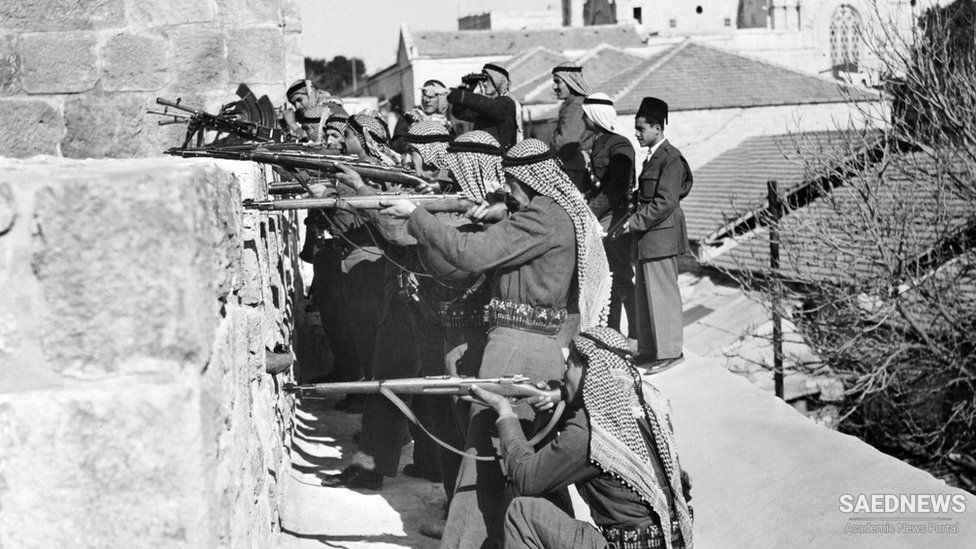It had set up its headquarters at Government House in Jerusalem, in a zone neutralised by the agreement between Israel and Jordan. It started work on 24 January 1949, while the armistice discussions were still proceeding. Its main objective, to institute direct negotiations between the parties for a permanent peace, had to await the end of those negotiations. But it held discussions with each of the governments of the area during the next month or two. And on 21 March it organised a conference of Arab states at Beirut to hear their views.
Finally, on 27 April, the Commission arranged a meeting between the Arab states and Israel at Lausanne. But Israel's representatives were willing to meet the Arab states only separately, while the Arab states insisted on negotiating as a bloc. The main aim of bringing the two sides together was thus frustrated. But a number of questions were discussed through the mediation of the Commission.
One of the main questions the Commission had been mandated by the Assembly to pursue was the problem of the refugees, mainly Arabs, evicted from their homes during the fighting in the previous year. The General Assembly resolution of 11 December 1948 had resolved that refugees wishing to return to their homes and live at peace with their neighbours should be permitted to do so; 'and that compensation should be paid for the property of those choosing not to return'. The Commission when it was established was asked to 'facilitate the repatriation, resettlement and economic and social rehabilitation of the refugees and the payment of compensation'.4 The principle that the refugees had a definite right to return to their homes, which this resolution implied, was not accepted by Israel, but in May 1949, at Lausanne, the Commission secured the agreement of Israel and the Arab governments to a protocol declaring that the boundaries for the Arab and Jewish states contained in the General Assembly resolution of 29 November 1947 should be taken as a basis for discussion on the refugee question. Though confused and imprecise (no doubt intentionally), this seemed to suggest that Arabs from the areas defined as Arab in 1947 but now under Israeli rule would qualify as Arab refugees for the purposes of the resolution.
But there was little further progress. The Arab states demanded a settlement on the question of the refugees as a precondition of even discussing other matters. Israel, on the other hand, demanded that the matter should be discussed only in the context of general negotiations for a final settlement. The only point on which there was any agreement was a scheme for the return of refugees separated from their families by the war; and a few thousand refugees were subsequently returned on the basis of this understanding. Israel eventually agreed in principle to accept 100,000 refugees, but this was to include 25,000 who had already returned, as well as any who were repatriated under the separated-families scheme. Against this the Arabs demanded an unconditional commitment by Israel that she would receive back all the refugees from areas then occupied by Israel (though they might have been prepared to negotiate about the timing). The United States urged Israel, it was reported, to accept about 300,000 refugees (as well as to return a part of the Negev), but this was rejected by Israel.


 The Firefight That Impressed the World
The Firefight That Impressed the World














































